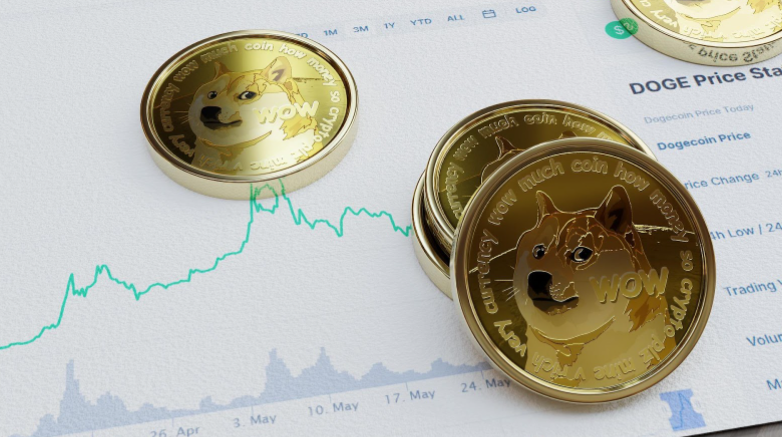
ANY technology whose use does not change or improve people’s lives is a useless technology.
Text messaging , however, is one technology that has changed and/or altered the way people communicate. Of course, if you were born in the Internet and cellphone era it would be difficult to appreciate its impact.
There was a time when urgent messages were sent via a messenger. Then came a letter. Then came the telegram which was telecoms provider of the day’s monopoly. Sending a telegram was a big deal around the ’80s. You would go to the nearest post office and have your message typed and transmitted over telephone lines to the recipient’s nearest post office.
In my case, I would go to Bulawayo Main Post Office and hand over a written message to the agent to type and transmit. This service was not cheap and mainly used for urgent messages since writing a letter was pretty adequate for regular communications.
The typed message would be received in Chipinge to advise my uncle JB of whatever news I had, bad or good instantly. The post office on the other end would then print the message, check the address and dispatch the postman (never saw any women) to deliver it to the recipient’s address.
Bingo! Done. A letter would have taken three or more days. You paid for being in a rush to send an urgent message full stop. It made sense.
It was pretty exciting to receive a letter in the same way one receives an email or a text message these days, never mind the contents.
Enter the Internet, e-mail and sms, oops things changed. People lost jobs. Yes, these are disruptive technologies. Who needed as many postmen to deliver letters ?
- Chamisa under fire over US$120K donation
- Mavhunga puts DeMbare into Chibuku quarterfinals
- Pension funds bet on Cabora Bassa oilfields
- Councils defy govt fire tender directive
Keep Reading
Postal services were never the same again. You must note that this does not imply that letters have been replaced by e-mail or sms.
But just ask yourself one question, when was the last time you wrote a letter and bought a stamp from the post office? Save for bills from “always off” Zesa, Edgars and municipality, how many other postal letters make it to your letter box? The letter box has been replaced by the inbox.
This introductory part is necessary for the tech savvy generation who have never written a letter in their lives, OK. Some of us are lucky to have experienced both phases. But, of course, there are materials that can’t be smsed, but need to be posted such as application forms and promotional brochures etc otherwise Fedex would also cease to exist.
A contract letter for instance, still needs to be mailed via regular postal services or courier service. But most of these services are being online via attachments and online forms. Scary just think ahead — 20 years from today .
Sms refers to short message service and involves the delivery of text messages to mobile handsets. You can package and send a message for as low 7c to anyone in Zimbabwe as long as your message has 160 characters and less.
Rates for sending an instant message to someone abroad vary from one carrier to another. But the bottom line is that with a $1 recharge voucher, you can compose pretty much a long message and just send it to as many recipients.
Texting has made communication trivial. It can be annoying and useful at the same time like when you constantly receive “please call me back” messages — you call me, why should I call you ? This is one mature technology.
Of course, no technology is 100% safe, as Facebook messaging is already eating into sms revenues. Since just about everyone has a cellphone today capable of sending and receiving text messages, it makes the process of contacting your target market incredibly easy. Not all phones are Internet capable and hence sms still has an edge of other instant messaging options like Facebook. And besides, 3G and GPRS coverage is not guaranteed in all areas where sms is an assured service.
Below are some business applications of sms technologies, most of which I am sure you are familiar with. Why should you bother? The reason is very simple. More people have cellphones than they have Internet access. According to the latest figures from Potraz there are about six million active cellphone users in Zimbabwe and the number is growing.
So what? Well it is easier and cheaper to reach a huge targeted audience than before via sms.
Bulk sms — You compose one message and you broadcast it to 10 000 targeted recipients. How you get their numbers is very easy and a different matter. But the fact is that you can target a market segment with clinical precision with just 160 characters. This is based on an old technology.
Broadcasting — radio and TV adverts — only that you are personalising and controlling who you send the message to. You can do it from your phone. But if your client database exceeds 1 000 entries, your right thumb would be in for some good exercise. Automate it. Let the computer do it for you. How? That is even simpler.
After composing your message and saving it some on your PC, you will need just three things. A GSM modem/phone and a SIM card. And you will need a computer programme that will interface with your GSM modem.
Next step is to copy and paste your message to the body of your sms sending programme, then add your recipients from your address book or database in the form of a text file and then click the send button. And you are done.
The messages will be placed in a queue as your GSM modem sends your messages. For 1 000 recipients it could take about 6 000 seconds working to have all the messages delivered.
This will depend on, among other issues, the speed of your GSM modem and network availability and congestion of your cellular provider.
No rocket science. You do not have to fuss about it leave the PC to do its job while you go about your routine job. That is why computers were invented. 100 minutes is roughly an hour and half to send 1 000 messages.
Make sure that the message is simple, direct, effective and calls for action on part of the recipient; otherwise you would have donated $ 70 worth of airtime to your cellular provider.
According to Parreto’s 80/20 rule at least 20% of the recipients will read your message with interest. As to how many will commit to buy, will solely depend on the effectiveness of your message content and call to action.
Spamming concerns — Spam is a contextual word that usually applies to unsolicited e-mails. In reality, spam has been around for a long time. It has been called many things.
We all get spam in one way or the other. We sit in front of the television, where we are bombarded with commercials telling us why we should buy this or that. You sit in your vehicles and watch the billboards as you drive by, all the while, listening to radio spots that tell us about the latest and greatest products available. That is spam.
After a while, one becomes desensitised to this kind of marketing. When a commercial comes on the TV or radio, you subconsciously tune it out. When you check your email, the first thing most people do is delete their spam without ever once checking to see what was offered.
With sms marketing, you can target specific products and services to your niche market based on the needs of that particular market.
Sms spamming is where you are sending unsolicited messages to recipients who might not be interested in buying your product.
The other day I received a text message from Pioneer Seeds to buy high yielding seeds for low and high rainfall areas. Great stuff indeed. But I am neither a farmer nor do I intend to be one. But maybe forwarding the message to a farmer in Marondera would help. Sms is more personal than email.
Phones can not filter out spam sms and hence it is prudent that you do not annoy potential clients.
Your sms campaigns must be highly focussed or else you will end up sending beer promotion texts to a group of religious members of a Christian set-up.









